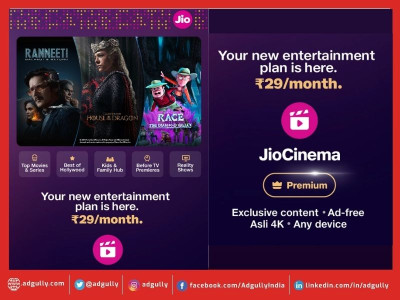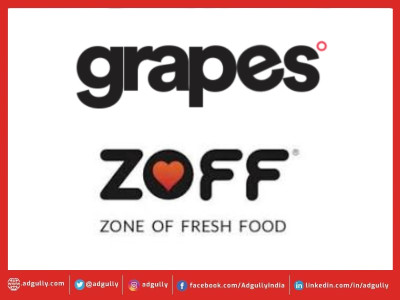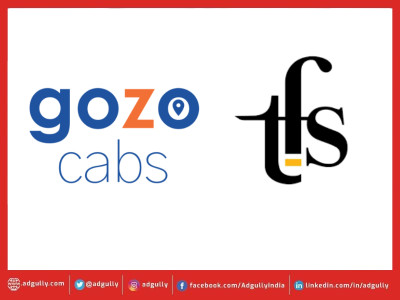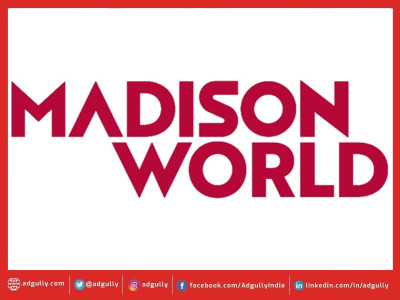IMRB adds new dimensions to MR
IMRB TGI (Target Group Index) data for Wave 1, 2015 would be announced soon. Quite a few interesting and impactful changes have been brought forth in areas covered and methodology this time around. These changes have been brought about keeping in mind the changing media dynamics and consumer definitions.
As digital is growing at a steady pace impacting consumers’ media consumption habits and brands’ marketing spends, there is an increased focus on it in TGI as well. Hemant Mehta, Senior Vice President, IMRB International states, “In TGI, this year digital and the online behavior of the consumer is one of the key focus areas. We have a very large section specifically focusing on the online world.” Reflecting on the reasons to do so, he adds, “It is a rapidly mutating medium. From a one way street, it has evolved to be multidirectional, immensely interactive medium with huge impact. Consumers have moved from reading content online and commenting on it to creating content and interacting with each other. Exponential growth in social media and e-business would be good examples of its growth.”
spends, there is an increased focus on it in TGI as well. Hemant Mehta, Senior Vice President, IMRB International states, “In TGI, this year digital and the online behavior of the consumer is one of the key focus areas. We have a very large section specifically focusing on the online world.” Reflecting on the reasons to do so, he adds, “It is a rapidly mutating medium. From a one way street, it has evolved to be multidirectional, immensely interactive medium with huge impact. Consumers have moved from reading content online and commenting on it to creating content and interacting with each other. Exponential growth in social media and e-business would be good examples of its growth.”
The other change that TGI would offer this time around is the new consumer classification system in sync with what BARC and IRS have done. Deepa Mathew, Group Business Director at IMRB International, details the changes, “The old one was based on the education and occupation of the chief wage owner of the household. The new system does away with the occupation, and it looks at the education and the durable ownership. Also, we had a different classification for urban and rural earlier, but from this year it would be a single classification system.”
It is not for the first time that there has been a change in the way TGI is put together – changes in the methodology have been introduced on a regular basis to keep in relevant in the changing times. Hemant Mehta states, “One big change is the use of technology in the last five years. We still do face to face interviews but the number of interviews we do using hand held devices or computers has increased. Even things as basic as data collection have changed. Market research has evolved and is bringing in a lot more learnings and protocols. Observation work has also changed dramatically. There are new kinds of services that we offer, we have a whole different division in IMRB which is working on innovation.”
research has evolved and is bringing in a lot more learnings and protocols. Observation work has also changed dramatically. There are new kinds of services that we offer, we have a whole different division in IMRB which is working on innovation.”
IMRB now conducts innovative and interesting studies in brand marketing space, among them pallet studies. Any food and beverages brand planning to launch in India is well aware of the way taste preferences differ as one moves from one state to the other. Hemant Mehta explains, “We have just finished a project where we have mapped the pallet and put forth the connotation of spicy for people from different states, for instance, Tamilnadu v/s Andhra v/s Punjab. Very interesting types of problems are coming to us.”
space, among them pallet studies. Any food and beverages brand planning to launch in India is well aware of the way taste preferences differ as one moves from one state to the other. Hemant Mehta explains, “We have just finished a project where we have mapped the pallet and put forth the connotation of spicy for people from different states, for instance, Tamilnadu v/s Andhra v/s Punjab. Very interesting types of problems are coming to us.”
Another change that has taken place in IMRB research technique is ample use of online media as methodology tool and data collection platform. IMRB is using Social Media and Whatsapp to hold direct communication with consumers. Deepa Mathew says, “You can initiate the conversation online and the consumers are much more comfortable since it is discreet and they can voice their thoughts more vocally.”
Hemant Mehta gives an interesting example where the agency used Pinterest to capture data for a fashion trends study. He says, “For fashion, apparel retail, they wanted our help with what kind of styles, colors will work and we suggested Pinterest as an option. We created our own Pinterest board and ran studies there. We, as we expected, got fabulous insights. We did not only get reactions to the apparel range that we were testing but also got inputs which the merchandizing and the design team found extremely helping.”
Wallet monitoring study to understand the expenditure pattern across the urban households and Web audience measurement (WAM) that tracks the online behavior of the consumer are among the extensively used studies conducted by IMRB.
The research agency that conducts both customised and syndicated studies is growing at a CAGR of 15%. A large percentage of growth comes from emerging industries. As the markets become competitive, need to understand them better grows too. Onus, as Hemant states, ‘is on MR agencies too to provide the required data and intelligence for them to remain relevant to the changing market
become competitive, need to understand them better grows too. Onus, as Hemant states, ‘is on MR agencies too to provide the required data and intelligence for them to remain relevant to the changing market dynamics.’
dynamics.’
anukritisharma(@)adgully.com


















Share
Facebook
YouTube
Tweet
Twitter
LinkedIn